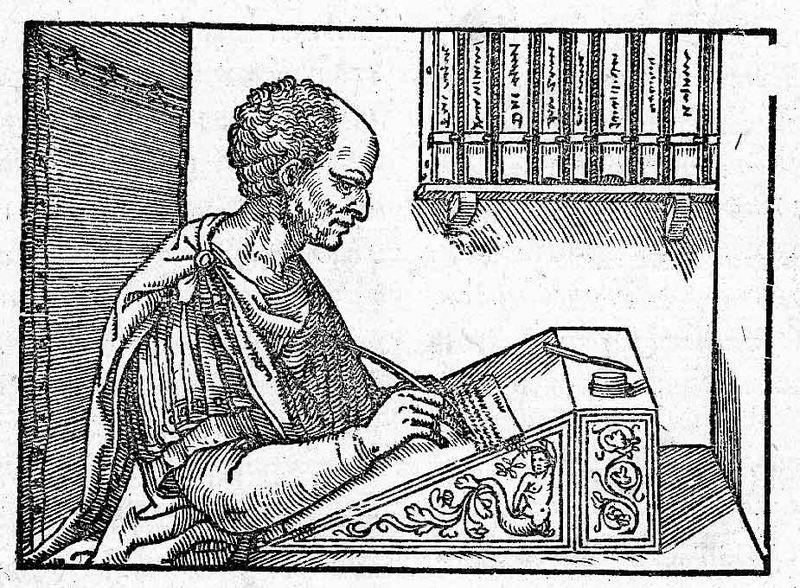Letters in Antiquity

This course will explore the rich potential of letters as evidence for the Greek and Roman worlds. It will consider the breadth of historical themes that letters can be used to investigate, from the lives of individuals to wider society, culture and politics. The course will encourage students to consider how practices and expectations of letter-writing change over time, and to evaluate how changes in letter-writing reflect wider societal change.One key question will bethe value of letters to an historian. Keeping in sight the question of what defines a ‘letter’, the course will highlight the diversity of ‘letters’ as a category while at the same time focusing on the way in which what letters have in common gives them a particular purchase as evidence for the past as far as the historian is concerned. Texts studied will include practical, documentary letters,personal epistolary collections, formal diplomatic correspondence, and philosophical and doctrinal letters. We tend to think of letters as unique and unvarnished insights into character or society, a position reflected in the ancient world with the notion that letters provided ‘an image of the letter-writer’s soul’ (Demetrius, De elocutione 227). But is this true?
Letters were often highly political and carefully constructed texts widely circulated beyond their original addressees.
Image: Woodcut showing Cicero writing his letters, (c1547). This image is a detail from page 329 of Cicero, Epistulae ad familiares (“Letters to his friends”).
